Feng Shui of the New Singapore Parliament - 12 Powerful Points of Critical Analyses
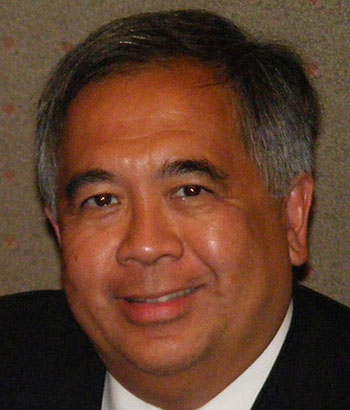
Dr. Michael Oon
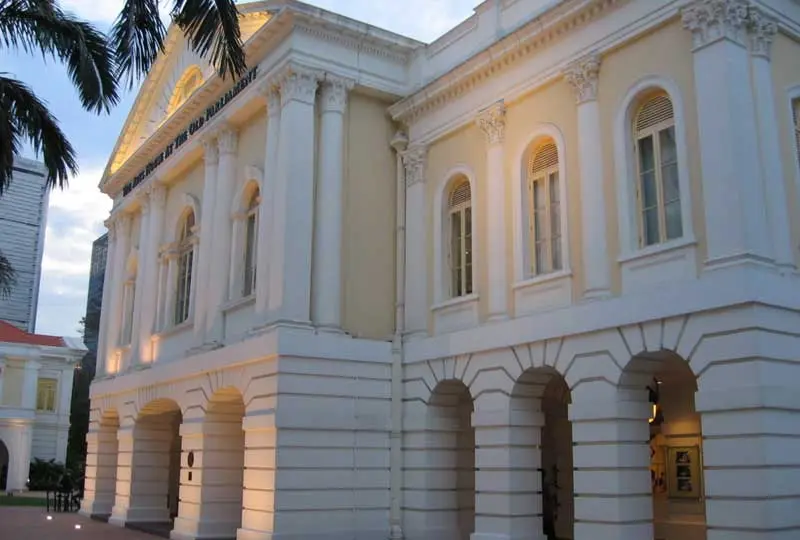
It is widely accepted that the Singapore Government uses Feng Shui in its successful path to becoming a prosperous city nation. However, there has been a debate about whether or not there was an appropriate design in the feng shui of the new Singapore Parliament.
Introduction - Feng Shui of the New Singapore Parliament
An article raised the issue that all the central Government buildings faced the sea with the "mountain" at the back in the most prosperous part of Singapore – the Central Business District. This is very close to the "Belly of the Carp" of the Singapore River. The most prosperous part of Singapore.
Whereas the new Singapore Parliament faced the opposite direction and had its back to the sea and faced the mountain.
They asked, "does Parliament House really possess no feng shui elements?".
The founder Prime Minister of modern-day Singapore – the late Mr Lee Kuan Yew, had very pragmatic opinions. He had involved the late Venerable Hoon Choon, a feng shui consultant using Traditional Feng Shui to redesign the City, including the important Government Buildings. For such an important building as the Singapore Parliament, he would only want a consultant of that lineage to work on the design.
The article is my interpretation of the position of the new Singapore Parliament. I am a consultant practising Traditional Feng Shui from a Lineage Society.
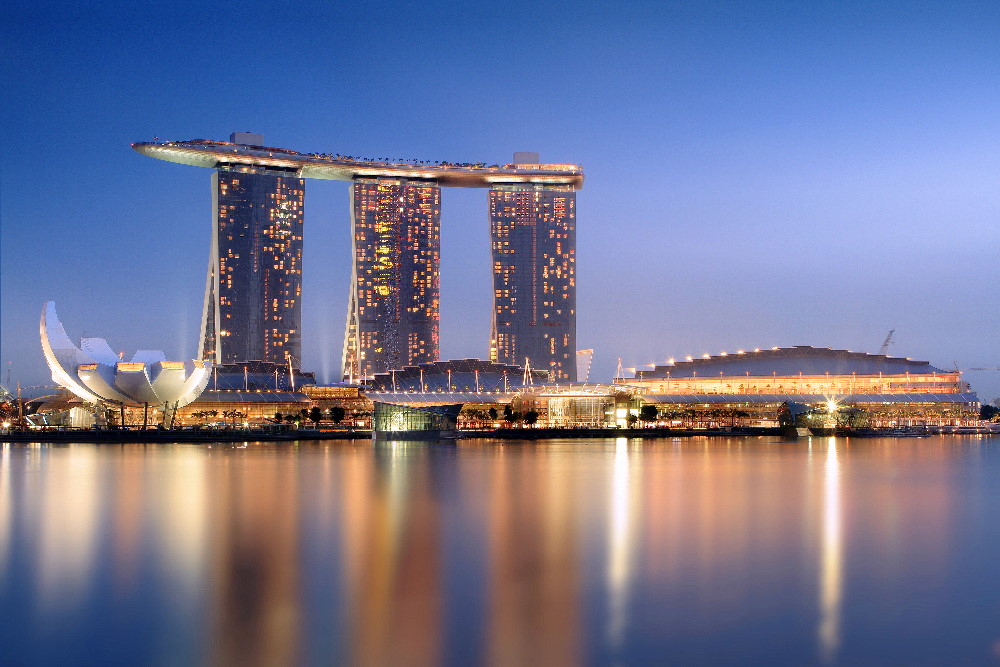
Feng Shui and Iconic Buildings (Marina Bay Sands):
Singapore has a tradition of having new buildings, especially iconic buildings, designed with a Feng Shui Consultant. For example, the Marina Bays Sands Integrated Resort was designed with Chong Swan Lek. Unfortunately, he passed away during the construction phase and Louisa Ong-Lee, took over the consultations.
The hotel consists of 3 vertical high-rises, and this supports a “surf-board” structure which not only has a viewing platform, bars and restaurant and an infinity swimming pool overlooking the City.
The buildings on the lower floors are the casino, a vast shopping mall and an entertainment complex.
Although this building was developed as a private enterprise project, it used Singapore Feng Shui expertise. The Marina Bay Sands is now a symbol of modern Singapore. This building is highlighted as part of its international branding.
The New Singapore Parliament:
The new Parliament building was opened in 1999 after the Singapore Parliament decided that the old Parliament building was too small for the purpose. The new building accommodates 93 members, an increase from the original 51 in 1965 when Singapore gained independence.
The new Parliament is just behind the old Parliamentary building.
The Feng Shui Community of Singapore has commented that the new building is facing away from the front of Singapore. They are puzzled by the position of the new Parliament.
This post is the Feng Shui analysis of the New Parliament of Singapore.
The Old Parliament:
This building is now The Arts House. It is not only the oldest government building but the oldest surviving building in Singapore.
It was designed in the Neo-Palladian style. It is impressive and stands with dignity.
The New Parliament:
Architecture: As soon as you look at the building, you know it is a building of authority. It is significant, imposing and has pillars of power. It is not a lavish government building as seen in neighbouring countries. It is in keeping with the founding Prime Minister’s attitude – it is functional but not extravagant.
Singapore and Feng Shui:
It is well documented that after the independence in 1965, the road layout design was assisted by the Feng Shui consultant - the Venerable Hoon Choon. It was also his idea to issue octagonal $1 coins before the digging of the rail tunnels of the MRT (Mass Rail Transit). I am sure he also assisted in other Government projects, but they have not been documented.
The Venerable Hoon Choon passed away in 1990, and the Government have used the Feng Shui services of consultants based in Taiwan. The feng shui masters of the Imperial Court in Beijing moved there in 1949 with the communist takeover of mainland China. These Feng Shui Masters have assisted many Governments and major corporations throughout the world in their projects. Their methods and their lineage can be traced to the Imperial Court of the Qing Dynasty. Taiwan is the centre for the practice of Traditional Feng Shui.
The Singapore Government has been using their services, and allegedly, the current Prime Minister, Mr Lee Hsien Loong had visited Taiwan to seek Feng Shui Advice.
The Difference in Methodologies:
The published methods in Feng Shui are primarily based on two formulae. They are Eight Mansions and Flying Star. These methods identify the auspicious and inauspicious locations within the property. The Flying Star formula also involves the time cycles in Chinese metaphysics. These two methods are for the interiors of a building.
For the exteriors, it is the Land Form Formula which involves the armchair configuration: a backing mountain, two supporting “arms”, and a clear vision in front.
The Feng Shui Masters in Taiwan, who practise Traditional Feng Shui, use a very different system. It is called energy tracing. Energy tracing methods involve working directly with the energy in the environment. The source of energy is identified, and a “path” is traced to the entrance of the property. As with all branches of Chinese Metaphysics, it is a holistic system.
Two factors determine the energy:
Quantity: This is determined by the surrounding landscape.
Quality: There are a number of influences which include the compass direction of the energy, speed and condition of the energy flow, amongst others.
The Building:
It is an expansive building exceeding 110m (Google Earth) in width. The architectural design shows its importance and authority.
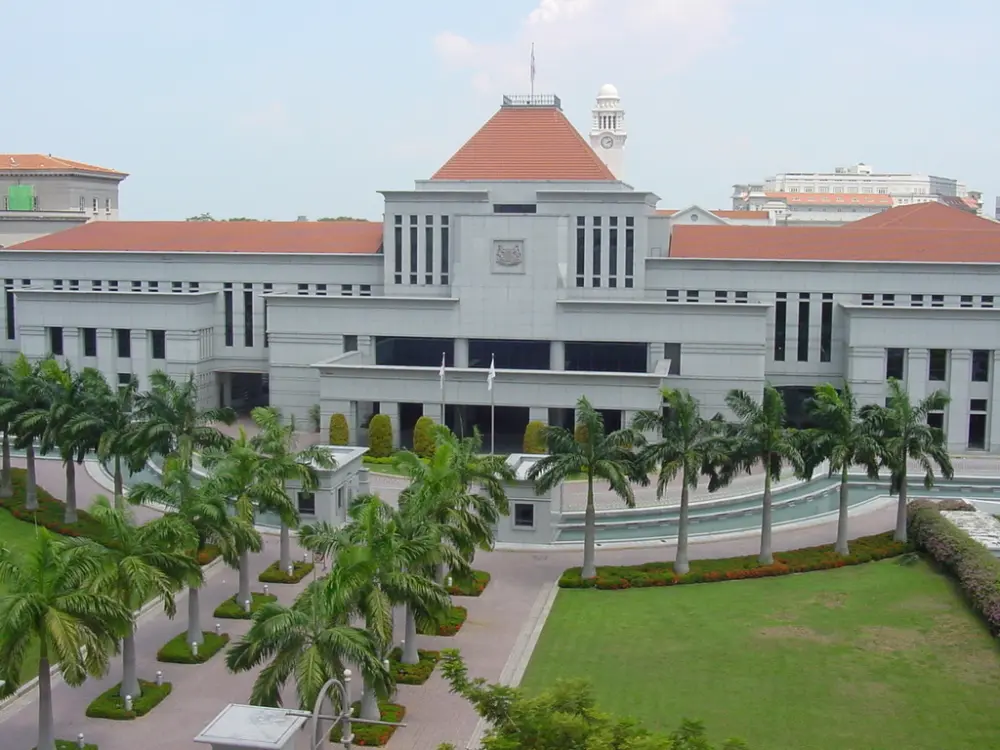
The central tower shows the crest of Singapore and an imposing red roof.
The building shows authority with the presence of pillars. The style of pillars is very much like the Old Parliament.
The Location:
This is the point of discussion amongst the feng shui consultants in Singapore. Why should the back of the building face the front of Singapore? Most of the significant Government buildings face the seafront. But, the most important legislature building faces the other way – Why?
The Reason – Traditional Feng Shui:
The building faces the flowing river. Energy is carried by the river water moving downstream. Energy escapes from the flowing water to the surrounding riverbanks. Therefore, the building is appropriately positioned to receive this constant supply of energy from the river.
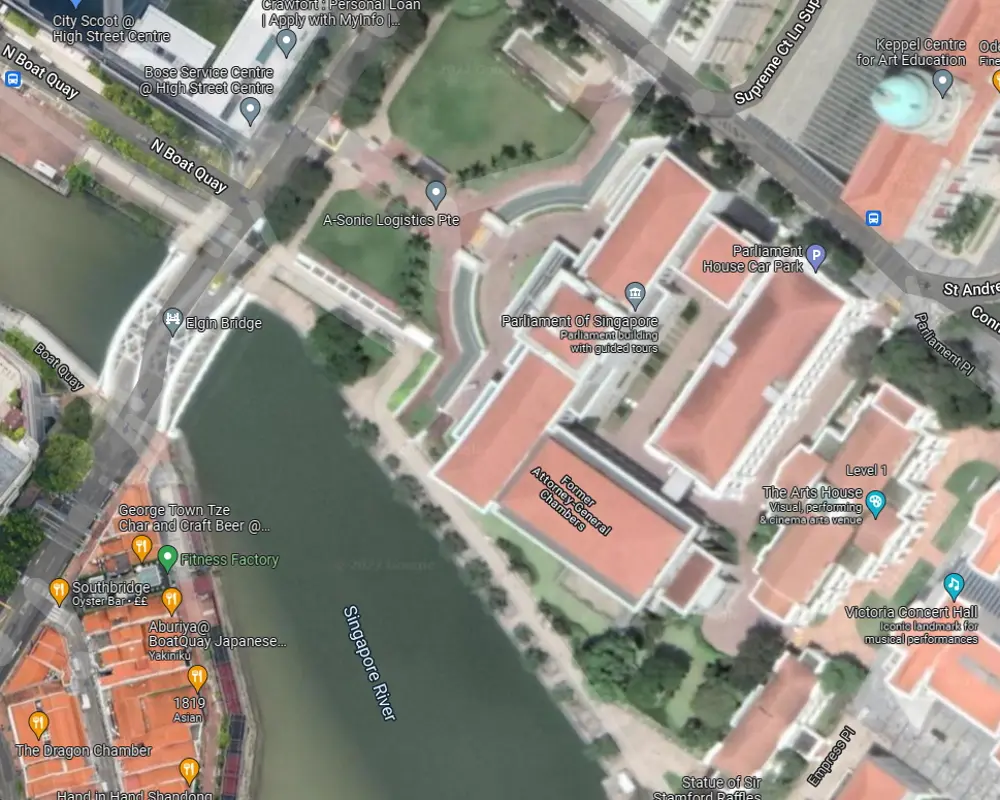
Quantity of Energy:
The Singapore River flows consistently and constantly. Therefore, there will be a constant flow of this energy when the energy passes on to the land.
The energy then flows to the large field in front of the building, which acts as a Ming Tang (bright hall). This field is about 50 metres in depth. It serves as a place for the energy to settle before entering the building.
The Parliament occupies the entire width of the building plot. Therefore, the energy is held within the field.
From the design of the forecourt, the primary way for the energy to enter the building is through the main entrance.
Quality of Energy:
The energy coming toward the building is from the Northwest. Northwest is the sector of Qian – the father. The father of the family symbolises authority, paternalism and wealth. The family consists of both parents with six children; each family member is represented in a sector of the Bagua). This Qian energy is ideal for any Parliamentary building.
The energy flowing into the entrance is the ideal type of energy – slow and steady. This is the result of the large Ming Tang and the River flow.
Architecture:
The design of the building is imposing to show its importance and authority to the Nation.
The symbols of authority are:
- The central tower shows the crest of Singapore
- The width and stature give the building importance.
- The pillars.
The Central Tower:
The roof design of the central tower is the fire element.
This show that the building is for debates and discussions.
The roofline is well illuminated at night to enhance the fire element.
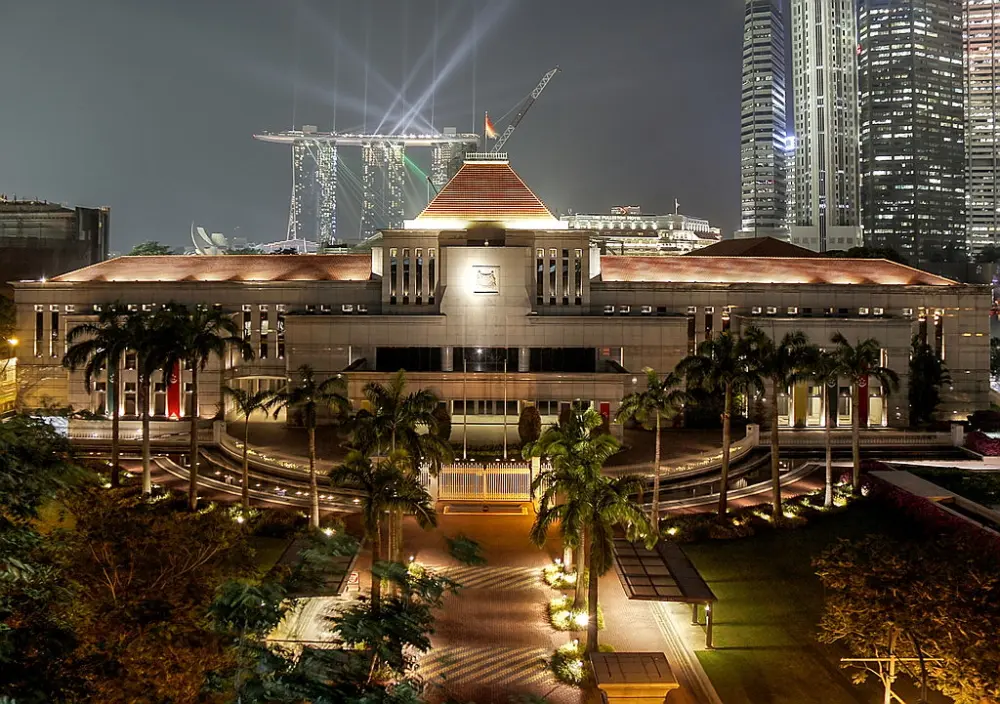
Commentary:
The Singapore Parliament reflects the mindset of the founding Prime Minister – Mr Lee Kuan Yew. It is a functional building but shows its authority without being extravagant.
The methods mentioned in the article are Classical Feng Shui. This knowledge is compartmentalised into different formulae.
Land Form (mountain at the rear, with the sea in front) – this does not involve the compass direction.
Compass School – the formulae for Eight Mansions and Flying Star.
This is different to Traditional Feng Shui, which is an integrated system which involves energy tracing. The first step is to identify the source of energy, then either follow the flow or manage its path to the main entrance. Once in the building, this energy is distributed to the various parts of the building. It is all about the flow of energy – its quantity and quality.
The landform of the surrounding environment determines the quantity of energy.
The compass direction determines the quality of energy.
The practice knowledge of Traditional Feng Shu is kept within a lineage society and handed from the Master to selected students or disciples through practicals and work experience.
Results:
This is an excellent example of the execution of Traditional Feng Shui principles on a new build. It is a significant building for the Nation. They have commissioned a very highly regarded and respected Feng Shui consultant to assist in the design of this building.
Like all things, it is the results that count. It is not the amount of discussion.
What has happened to Singapore since the new Parliament was commissioned?
From the economic records of the significant world bodies, Singapore has attained the status fully developed country, joining the ranks of Hong Kong, South Korea and Taiwan in Asia. Far more important is how it overcame the Covid pandemic and other economic challenges of recent times. It just "sailed through" relative to the other major Western Developed countries.
The decisions made by the Government have contributed to the development of this island nation. This shows that the new Singapore Parliament is adding to the continued growth of Singapore.
The reputation of Singapore has soared immeasurably, becoming one of the world's most trusted nations today. It is also one of the wealthiest countries per capita.
About the Author:
This article was written by Dr Michael Oon, who practises Traditional Feng Shui and is a member of Alliance Feng Shui.
Traditional Feng Shui is the practice of proven methods of Feng Shui that have been established over the centuries. The practice knowledge is handed from the Master to selected students or the Chinese expression – disciple. This is usually done over a period of 10 years in practicals and work experience within a lineage society.
I have written a post on the other projects involving the Singapore Government - Does the Singapore Government use feng shui - a Critical Analysis of 9 Infrastructure Projects?

